Hungary lost 2/3rd of its territory 102 years ago: was it inevitable?
The peace treaty of Trianon, signed on June 4, 1920, is regarded as one of the greatest tragedies in Hungarian history. That is understandable since millions of Hungarians were separated from their motherland. Now, almost 2 million Hungarians live in Slovakia, Romania, Ukraine, and Serbia, who still suffer disadvantages because of their nationality. Of course, the problems of ethnically mixed regions are not the specific challenge of the Carpathian Basin but of every country in Central-Europe to which the governments, NGOs, and citizens have to find answers in the future. But was it inevitable to lose 2/3rd of the Kingdom of Hungary in 1920?
Trianon, one of the greatest national tragedies
On June 4, 1920, life stopped for a minute everywhere in the “mutilated”, “small” Hungary. At 4.32 pm, two Hungarian officials, who planned no further political career, signed the Peace Treaty of Trianon at the Grand Trianon in Versailles. The Hungarian society regarded the act as one of the greatest tragedies in Hungary’s history, and everybody was shocked in the country even though the new borders were more or less known by then.

The Hungarian delegation on their way to sign the Peace Treaty of Trianon. Photo: Wikimedia
Everybody asked why the great powers were so brutal with Hungary? Why did Hungary suffer the greatest territorial loss after WWI?
Legends were born about freemasons, the French president’s Hungarian daughter-in-law and Romanian prostitutes to explain the inexplicable collapse of “Greater Hungary”.
If we try to forget these and would like to find the real reasons, we should concentrate on at least three hubs of causes.
First, we should not forget the entente’s prime goal after WWI: weakening Germany. Every politician in Paris, London or Rome knew that Germany, despite their defeat, would remain a great power. To prevent Berlin from starting a war, the entente agreed they should destroy all their possible allies in Europe. That is why they decided to dismantle the Austro-Hungarian Monarchy and Hungary itself. They wanted to create a corridor around Germany that could stop Berlin’s future expansion.
As a result, Czechoslovakia, “Greater Romania” and Yugoslavia were born and received huge territories from Hungary with millions of Hungarians.
U.S. President Woodrow Wilson wanted otherwise but realized already by 1918 that the high principle of the self-determination of people would be neglected at the peace conference. As a result, their delegation travelled home, and they never ratified the Peace Treaty of Trianon.
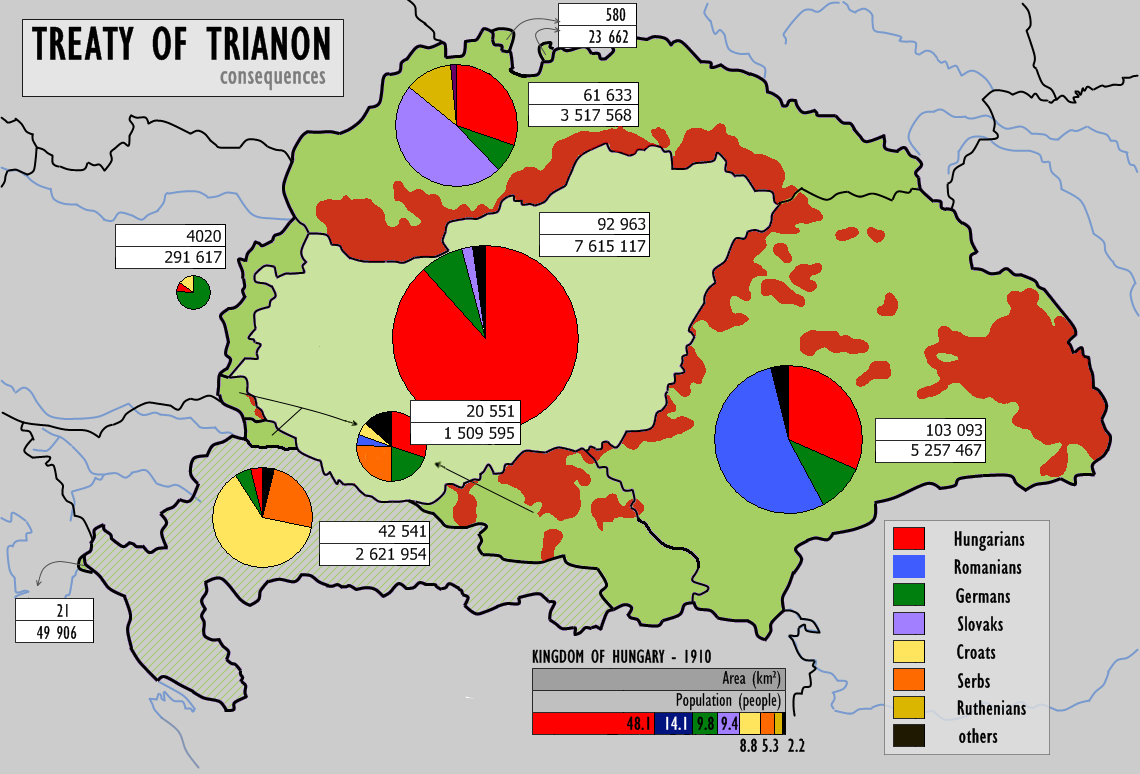
The consequences of the peace treaty. Photo: Wikimedia
Armed resistance?
Second, the Central Powers, including Hungary, were defeated. Starvation, coal shortage, and the collapse of state institutions followed. Moreover, revolutions came one after the other between 1918 and 1920. The Károlyi government formed after the victorious Aster Revolution on October 31, 1918, started quick disarmament
to prevent a civil war or a Bolshevik-style coup d’état.
Furthermore, they thought that a new, pacifist and democratic Hungary would receive favourable terms in Paris. The people also believed in Károlyi since his good relations to French leaders were widely known. One of his fellow party member, for example, shouted in the parliament in 1918 that they were the friends of entente. Historians today state that provided Károlyi was a more characteristic leader committed to defending Hungary with armed forces, he could have saved 5-10,000 square kilometres more. But he could not have prevented losing huge territories anyway because of
the French plan of creating a corridor of Germany in the region.
The post-war period in Hungary was an apocalypse-like world. Therefore, the support for Károlyi and his governments faded away fast after the failures and the advancement of foreign armies. Károlyi wanted the Social-democratic Party to form a government since it had almost 1 million party members by early 1919. He did not know that Socialdemocratic leaders made a pact with Béla Kun’s Communists and when he realized, it was too late.
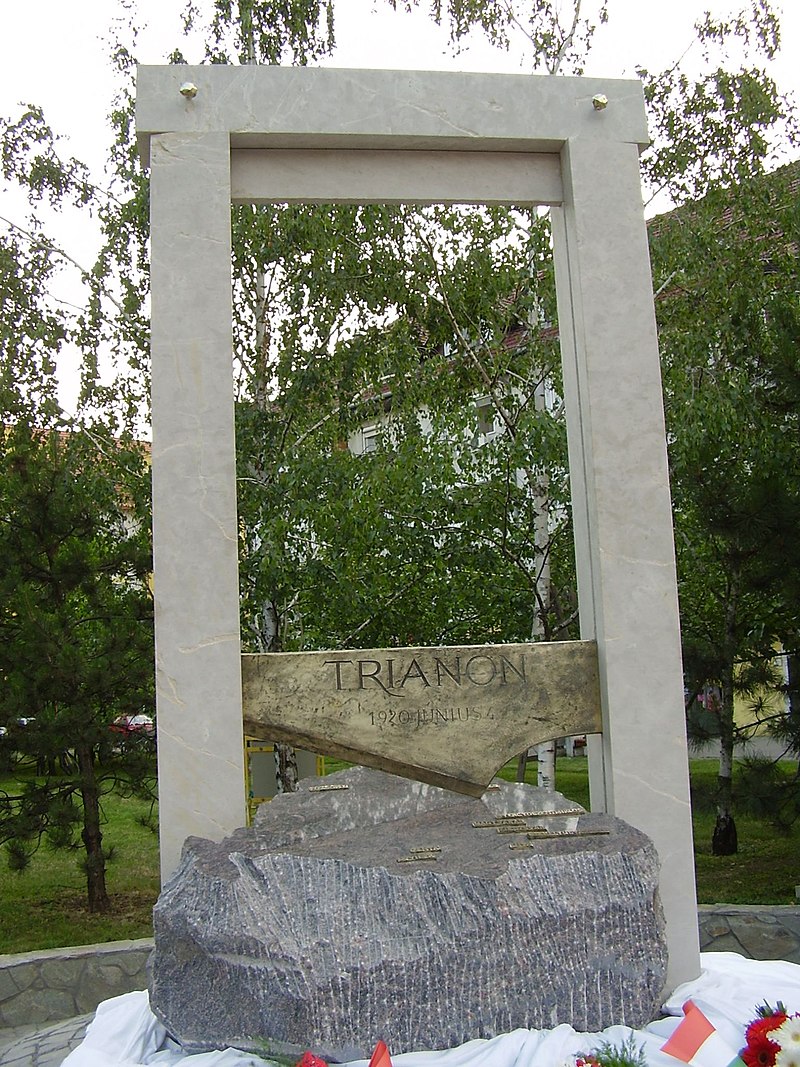
The Trianon memorial in Békéscsaba. Photo: Wikimedia
Even Western-Hungary lost
The formation of the Hungarian Soviet Republic on March 21, 1919, was a shock in Paris. As a result, the peace conference did not invite Hungary, though the final borders were determined in 1919 May when the Communist regime ruled in Budapest.
Thanks to the Soviet Republic, Austria got Western-Hungary, today’s Burgenland. The aim of that decision was to make a viable Austria that does not inevitably have to join Germany. However, Austria was also defeated, but Hungary’s soviet republic solved that moral dilema.
The entente’s decision on Western Hungary was corrected only once, in 1921 December in the Sopron plebiscite. Sopron and some settlements decided to remain part of Hungary.
To sum it all up, the partition of Hungary was inevitable after the Central Power’s defeat in WWI.
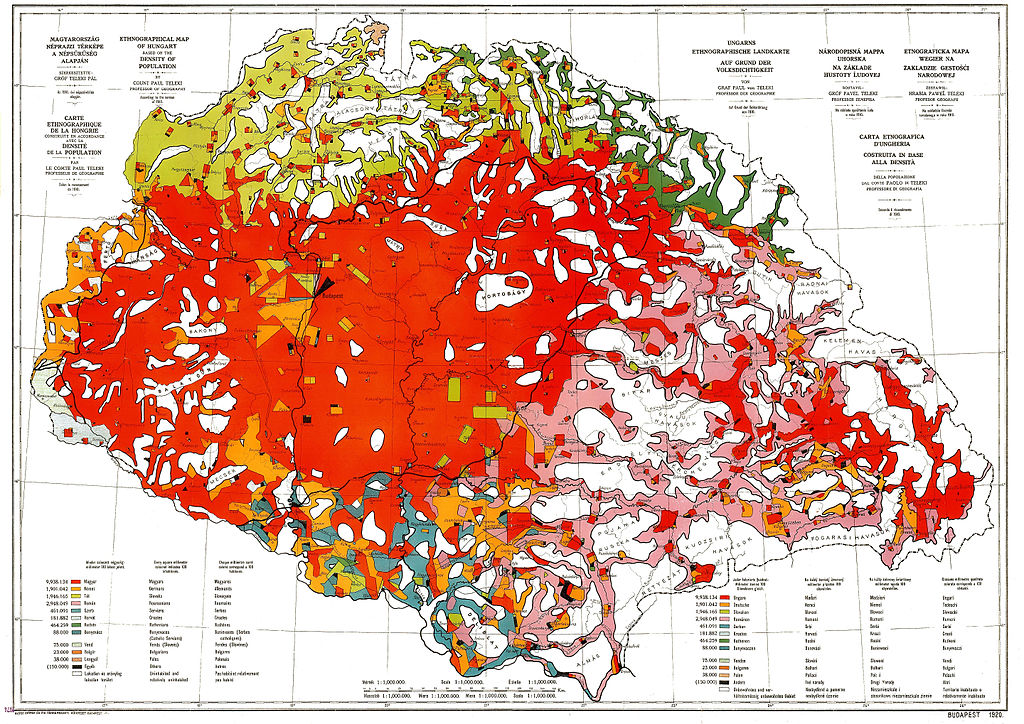
The “Red Map” showing Hungarians with red colour. Photo: Wikimedia
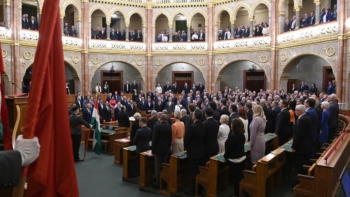
Read also Bill on extending war-related special legal order to be submitted!
please make a donation here
Hot news
What happened today in Hungary – 26 July, 2024
Drama: number of births in a 20-year low in Hungary
Yay or nay? – 6 odd Hungarian delicacies that make our skin crawl
Budapest tourism “exploded” this past weekend
Container transport in Budapest may stop: How will this affect Hungarian economy?
Minister: Hungary will protect its territory by every means possible



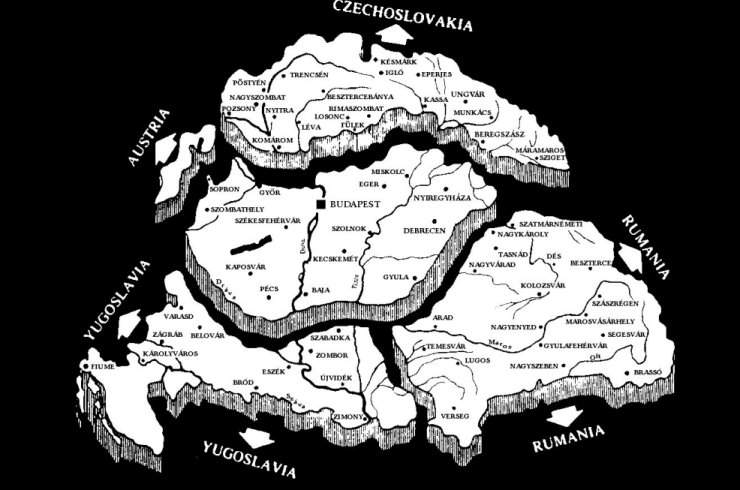

7 Comments
If someone was born in one the former parts of Hungary after 4th June 1920, their nationality is not Hungarian, their heritage is. Thus this sentence in the article is factually incorrect, “Now, almost 2 million Hungarians live in Slovakia, Romania, Ukraine, and Serbia, who still suffer disadvantages because of their nationality.” They may suffer disadvantages (a highly debatable subject) because of their ‘ cultural ethnicity’ but not because of their nationality since they are nationals of the country in which they were born in, which is not Hungary any more and has not been for over 100 years.
Let’s not forget that it was Austro-Hungary that started WW1 in the first place. It knew fully well that Serbia had a defence pact with Russia but nevertheless rashly declared war on Serbia, a move that sucked the whole of Europe into war through the various defence treaties that existed at that time. Trianon was a fitting punishment.
What was the PRINCIPAL reason – that bought about the eventual FALL – of The Roman Empire ?
The Collapse of the Austrian/Hungarian Empire – like the citizens of Pompei in 79 AD – had seen evidance and been WARNED – of the catacylsmic explosion of Mount Vesuvius.
The title of this article – the principal reason – why the 2/3rd of its territory – was lost 102 past years – the layers of WARNINGS – that eventuated – in this SHRINKING – of the lands & territories under the claim of rightful ownership by the Kingdom of Hungary – was INEVITABLE.
History -never Lies and EMPIRES – will continue to self-destruct and FALL.
Humans – are the principal catalysts/mechanism – for the Fall of Empires.
21st century – has anybody thought of reading History – the Fall of Empires ?
We are deep in AGAIN – seeing the Fall of an Empire(s) – that are from opposite sides of Political – Ideas and Philosophy.
REPEAT – Humans are the principal catalyst/mechanism – for the Fall of Empires.
Since we’re speaking history here, let’s not forget that the number of non-Hungarians that lived in the Kingdom of Hungary was much larger than the number of ethnic Hungarians until well into the 1800s.
After 1867, we embarked on a process of Magyarization – where we forced non-Hungarian nationals living in Austro-Hungarian Transleithania to adopt the Hungarian national identity and language. So “cultural ethnicity” is quite debatable!
As my kids from a non-Hungarian mother always say: “if Hungary picks a side in a conflict – join the other party if you don’t want to lose”. And if you lose – be prepared to pay the price! FYI – Germany settled it’s last World War reparations debt in October, 2010…
The victors will and paying the price of the first and second world war. Soon , Asians and Africans will be the majority.
The victors will and paying the price of the first and second world war. Soon , Asians and Africans will be the majority. The west had killed tens of millions in African and Asian colonies. Double whammy.